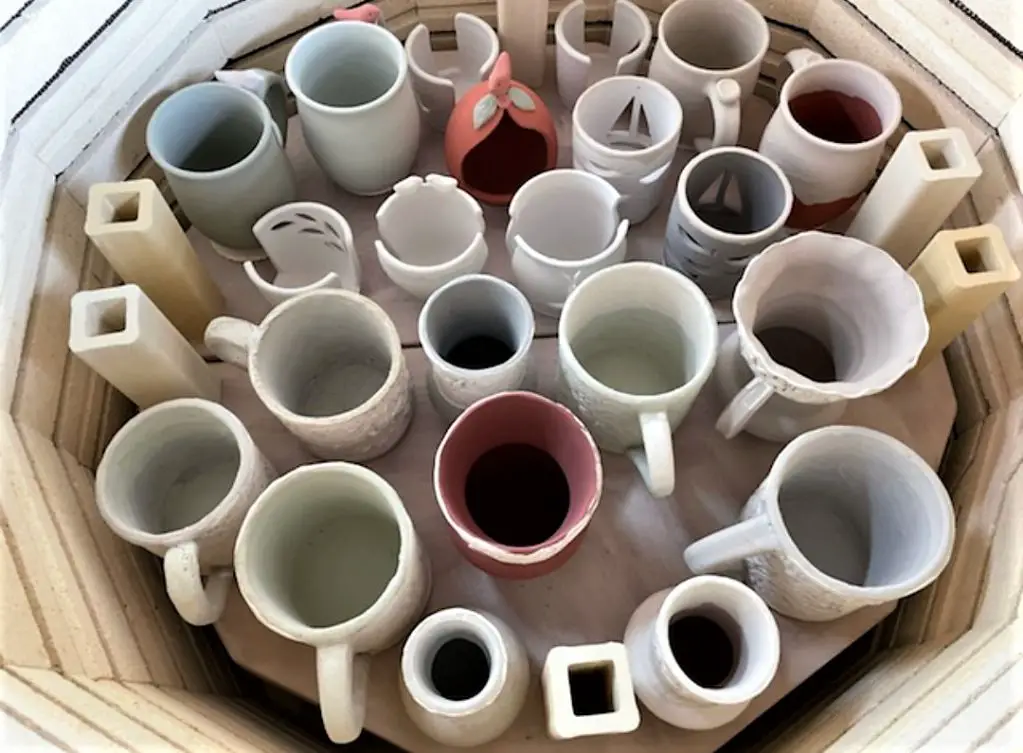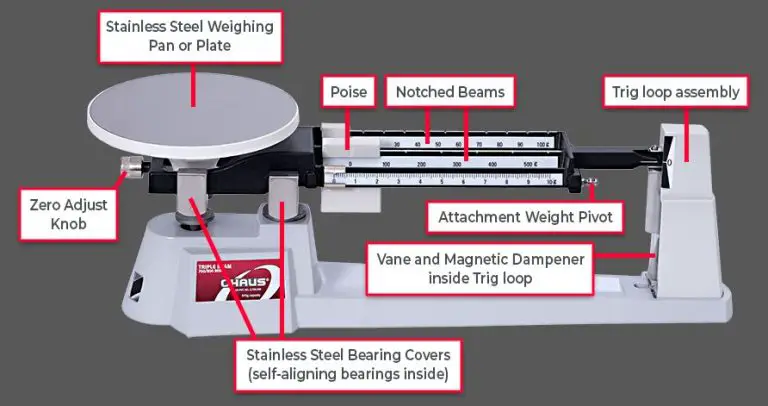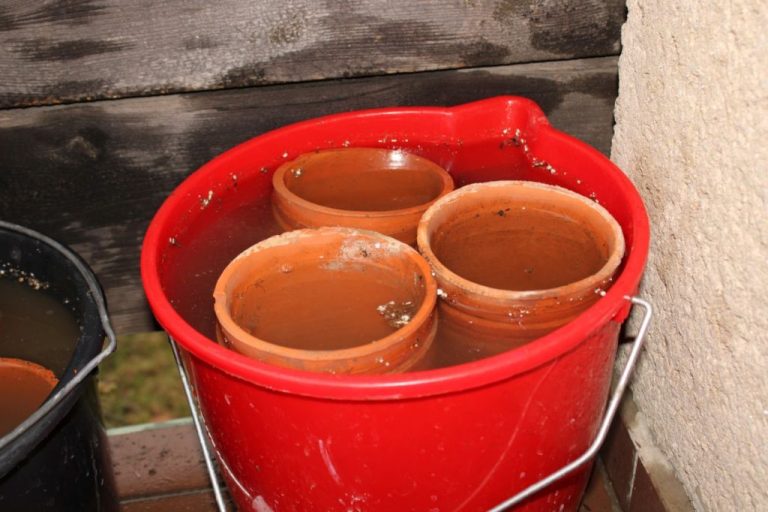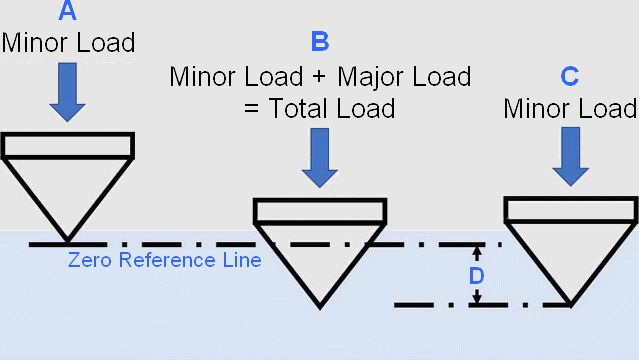How Many Days Does It Take To Learn Pottery?
Learning pottery can be an incredibly rewarding and enriching experience. Pottery is one of the oldest human artforms, dating back over 20,000 years. Taking up pottery allows you to connect with this ancient creative tradition and tap into your own creativity. Plus, working with clay has been shown to have physical and mental health benefits, like reducing stress, strengthening fine motor skills, and boosting self-esteem.
However, learning pottery requires dedication and patience. Many factors impact how long it takes to gain pottery skills, including your goals, natural coordination, access to instruction, and time investment. While some basics can be grasped in a few weeks, mastering pottery techniques takes months or years of practice. With motivation and commitment, beginners can steadily acquire new skills on the lifelong journey of pottery making.
Define ‘Learn Pottery’
Learning pottery involves acquiring the knowledge and skills needed to successfully create functional and/or artistic ceramic pieces using clay. This encompasses a broad range of techniques and levels of mastery.
At a beginner level, learning pottery means gaining familiarity with basic methods like handbuilding, wheel throwing, glazing, and firing. One develops foundational skills like wedging and centering clay, being able to form simple vessels by hand or on the wheel, and applying basic glaze techniques. As one’s skills advance, learning pottery involves executing more complex forms, mastering different throwing and handbuilding techniques, learning to mix glazes, and understanding kiln firing.
Mastery in pottery requires extensive practice and experience across a breadth of techniques. An expert potter has cultivated skills like perfectly centering clay, throwing thin-walled vessels, creating intricate sculptural pieces by hand, formulating glazes for desired effects, and firing kilns alone. There are many sub-specialties as well, such as throwing, handbuilding, mold making, slipcasting, and more that potters can focus on.
So the level of learning in pottery spans basic familiarity with the fundamental methods to advanced mastery and specialization in specific techniques. Both functional ware production and purely artistic pursuits fall under the broad definition of learning pottery.
Time Investment Required
Learning pottery requires a significant time investment. Many experts recommend at least 2-10 years or 3000-10,000 hours of practice to develop proficiency in pottery techniques like throwing, handbuilding, glazing, and more (https://7limes.co.uk/how-long-does-it-take-to-learn-pottery). This translates to practicing pottery for 1-4 hours per day for that timeframe. For beginners just getting started, aim for at least 10 hours per week of hands-on practice to start building skills.
Consistency is key – regular practice over weeks, months and years is necessary to refine techniques and develop muscle memory. Attending classes can accelerate learning in the beginning by providing guided instruction. However, expect that true mastery of pottery skills takes years of practice.
Learning Curve
Learning pottery has a notoriously steep learning curve. Most experts agree that there are three main stages of the pottery learning process that students progress through: beginner, intermediate, and advanced (Reshaping the Paradigm: The Art of Learning by Doing).
In the beginner stage, students are focused on learning the fundamental skills and techniques required for basic pottery creation. This includes learning how to center clay on the wheel, pull up cylinder shapes, and attach pieces together through methods like scoring and slipping (https://www.reddit.com/r/Pottery/comments/o0wwe8/2_months_of_potters_wheel_class_its_amazing_how/). Beginners will create simple forms like bowls, mugs, and vases while practicing essential skills. Their pieces will be basic and often have flaws at this stage.

At the intermediate level, students have mastered basic techniques and skills and can create more refined, complex pieces. Their forms will have thinner walls, smoother surfaces, and more detailed elements like handles and spouts. Intermediate students gain more control over the clay and can throw taller, more intricate pieces. Glazing and decorating skills also progress during this stage.
In the advanced stage, experienced potters have full mastery over the clay and excellent muscle memory. Their pieces reflect their own artistic style, creativity, and personal expression. Advanced students can create large, intricate forms with very thin walls, graceful contours, and elaborate surface decoration. Their skills allow them to bring their creative visions to life.
Technique Specific Timelines
The amount of time it takes to learn pottery can vary significantly depending on the specific techniques you want to master. Here’s a breakdown of approximate timelines for some common pottery skills:
Wheel Throwing
Wheel throwing is one of the most challenging pottery techniques to learn. According to experienced potters on Reddit, it can take 1-3 years of regular practice to become proficient at throwing basic shapes on the wheel. Mastering complex forms and achieving a high level of refinement in your wheel thrown pieces could take 5+ years.
Handbuilding
Handbuilding techniques like coil building and slab construction tend to be more accessible for beginners. You can grasp the basics of handbuilding in a few weeks or months through classes or self-study. However, it still takes years of practice to perfect intricate handbuilt forms.
Glazing
Learning how to apply glazes and understanding glaze chemistry takes time. In intro classes, you’ll learn basic glazing techniques in a few weeks. But mastering more advanced glazing effects and formulating your own glazes can take many months or years of experimentation.
Firing
Firing clay requires technical knowledge to understand firing cycles, temperatures, and kiln loading. With instruction, new students can assist with kiln loading after a few sessions. However, learning to independently fire pieces in different types of kilns takes significant guidance over weeks or months.
Impact of Classes vs Self-Teaching
Taking pottery classes can significantly accelerate the learning process compared to self-teaching. In a classroom setting, students benefit from direct in-person instruction, feedback, and guidance from an experienced teacher. This allows beginners to quickly correct mistakes, improve technique, and learn proper use of tools like the pottery wheel and kiln (Hobby Potter, 2018). Teachers can also demonstrate methods and share industry knowledge that self-learners would otherwise struggle to acquire.
However, formal pottery classes require a major time and financial investment. Locating and enrolling in quality lessons involves planning and research. Once enrolled, students may need to accommodate a set class schedule rather than learning at their own pace. While independent study offers flexibility, self-teachers lack the expert oversight to identify and fix flaws in their methodology. Progress can be very slow without a teacher available to provide tips, encouragement and answer questions (Reddit, 2018).
Overall, taking pottery classes dramatically reduces the time needed to build competency, thanks to skilled instruction and structured learning. But the cost and logistical challenges of finding and attending classes prevents some aspiring potters from accessing this more efficient option.
Natural Aptitude and Coordination
One’s natural aptitude and hand-eye coordination can impact how quickly someone learns pottery. Pottery requires fine motor skills and the ability to work with one’s hands. Those who already possess strong hand-eye coordination and dexterity may find it easier to pick up pottery techniques. According to research, pottery engages both sides of the brain – the creative right side and the analytic left side. People who naturally utilize both hemispheres of their brain may excel at pottery faster than those who tend to be more right-brained or left-brained [1]. Additionally, people with experience in other crafts involving hand-eye coordination such as drawing, painting, sculpture, sewing, knitting may transfer some of those skills more quickly to working with clay.
That said, anyone can develop pottery skills with practice over time. While natural ability can help speed the initial learning curve, dedication and time spent practicing techniques is what allows true mastery to emerge. Possessing creative instincts may provide early motivation, but ultimately the time investment is what will lead to growth.
Goals and Motivation
Your goals and motivation for learning pottery can greatly impact the timeline for gaining proficiency. Those who are learning pottery as a relaxing hobby may be content with a more open-ended timeline and learning through trial and error. As one potter discusses, “I find that I learn best when I’m not trying to learn anything specific, but rather just enjoying the process and seeing what happens” (003 Pottery Goals – MudTalk Podcast).
In contrast, a student aiming to master specific techniques for a pottery course or someone aspiring to become a professional potter may need to follow a more regimented timeline. As noted in one potter’s reflection, having clear long-term goals can provide the motivation needed to persist: “Showing up is 98% of making a goal happen” (Three lessons I learned from completing a long-time creative goal, fig spread + pottery).
Ultimately, your goals and motivation levels will impact how quickly you advance through the beginner, intermediate and advanced learning stages.
Recommended Timeline
For a complete beginner starting with no skills or experience in pottery, a realistic timeline to reach an intermediate skill level is generally 6-12 months with regular practice. However, the exact pace of learning can vary greatly depending on the frequency and length of studio time, instruction method, natural aptitude, and specific goals.
In the first 1-2 months, expect to focus on learning fundamentals like wedging and kneading clay, basic handbuilding techniques, and getting comfortable using the potter’s wheel. During this stage, simply creating usable pieces with decent forms and no major flaws is a success. Glazing and decorating pieces will also be introduced but likely kept simple.
After 2-4 months, skills like centering clay on the wheel, pulling up cylinder forms, and attaching handles should improve. Pieces will become more refined but inconsistencies in form and thickness may still occur. Glaze technique and combining handbuilding methods can be explored more.
By month 4-6, throwing simple bowls, plates, mugs, and vases on the wheel should be achievable. Handbuilding more complex shapes with tighter seams and attachments can be learned. Glazing with multiple colors and applications will add more complexity to finished wares.
In month 6-12, skills typically plateau as throwing and handbuilding techniques become reliable muscle memory. The focus shifts more to mastering design elements like visual balance, carving, feet and lip details. Learning to throw challenging forms like teapots, pitchers, or lidded jars marks a clear step up. Expanding glazing palette and applications to new techniques like image transfers or sgraffito can elevate pieces. Works at this stage start to show individual creative style.
Overall, the journey from beginner to intermediate level realistically takes 6-12 months of regular practice. With extreme dedication it may be achievable slightly faster, but most will see the greatest leaps in first 4-6 months before reaching a consistent skill level around the year mark. Patience and persistence are key!
Conclusion
In summary, the time it takes to learn pottery can range quite a bit depending on your goals, access to instruction, natural coordination, and time investment. While making basic pots can be achieved in a matter of weeks or months, mastering more complex techniques and developing an artistic style may take many years of dedicated practice. The journey is a rewarding one though, as you gain practical skills and creative expression through pottery.
For beginners starting out, try not to get discouraged if your early attempts don’t turn out perfectly. Making pottery is a learned skill that requires patience and persistence. Focus on enjoying the creative process, and don’t compare yourself to more experienced potters. With regular practice and an eagerness to learn, your skills will steadily improve over time. Most importantly, remember that pottery should be fun and relaxing. Let your natural creativity flourish, and you’ll be producing beautiful pots and sculptures in no time.



